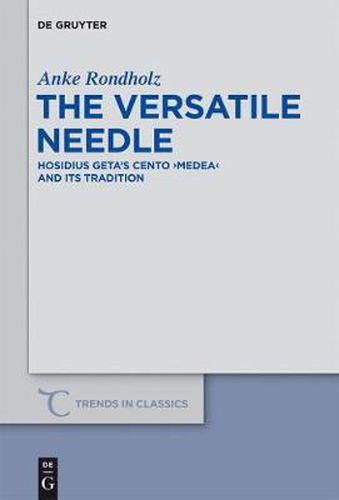Readings Newsletter
Become a Readings Member to make your shopping experience even easier.
Sign in or sign up for free!
You’re not far away from qualifying for FREE standard shipping within Australia
You’ve qualified for FREE standard shipping within Australia
The cart is loading…






This title is printed to order. This book may have been self-published. If so, we cannot guarantee the quality of the content. In the main most books will have gone through the editing process however some may not. We therefore suggest that you be aware of this before ordering this book. If in doubt check either the author or publisher’s details as we are unable to accept any returns unless they are faulty. Please contact us if you have any questions.
Thecento-tragedy Medea usually attributed to Hosidius Geta was transmitted in the Codex Salmasianus (now Codex Parisinus 10318). This is a comprehensive study and reevaluation of the text against the background of the ancient cento tradition, also providing a new English translation. After developing a new definition of the ancient conception of the cento in general, Geta’s cento technique and his use of the Vergilian text as well as his relation to theGreek and Roman models for his Medea are examined. Itis shown that his play is innovative and sophisticated inboth technique and content.
$9.00 standard shipping within Australia
FREE standard shipping within Australia for orders over $100.00
Express & International shipping calculated at checkout
This title is printed to order. This book may have been self-published. If so, we cannot guarantee the quality of the content. In the main most books will have gone through the editing process however some may not. We therefore suggest that you be aware of this before ordering this book. If in doubt check either the author or publisher’s details as we are unable to accept any returns unless they are faulty. Please contact us if you have any questions.
Thecento-tragedy Medea usually attributed to Hosidius Geta was transmitted in the Codex Salmasianus (now Codex Parisinus 10318). This is a comprehensive study and reevaluation of the text against the background of the ancient cento tradition, also providing a new English translation. After developing a new definition of the ancient conception of the cento in general, Geta’s cento technique and his use of the Vergilian text as well as his relation to theGreek and Roman models for his Medea are examined. Itis shown that his play is innovative and sophisticated inboth technique and content.